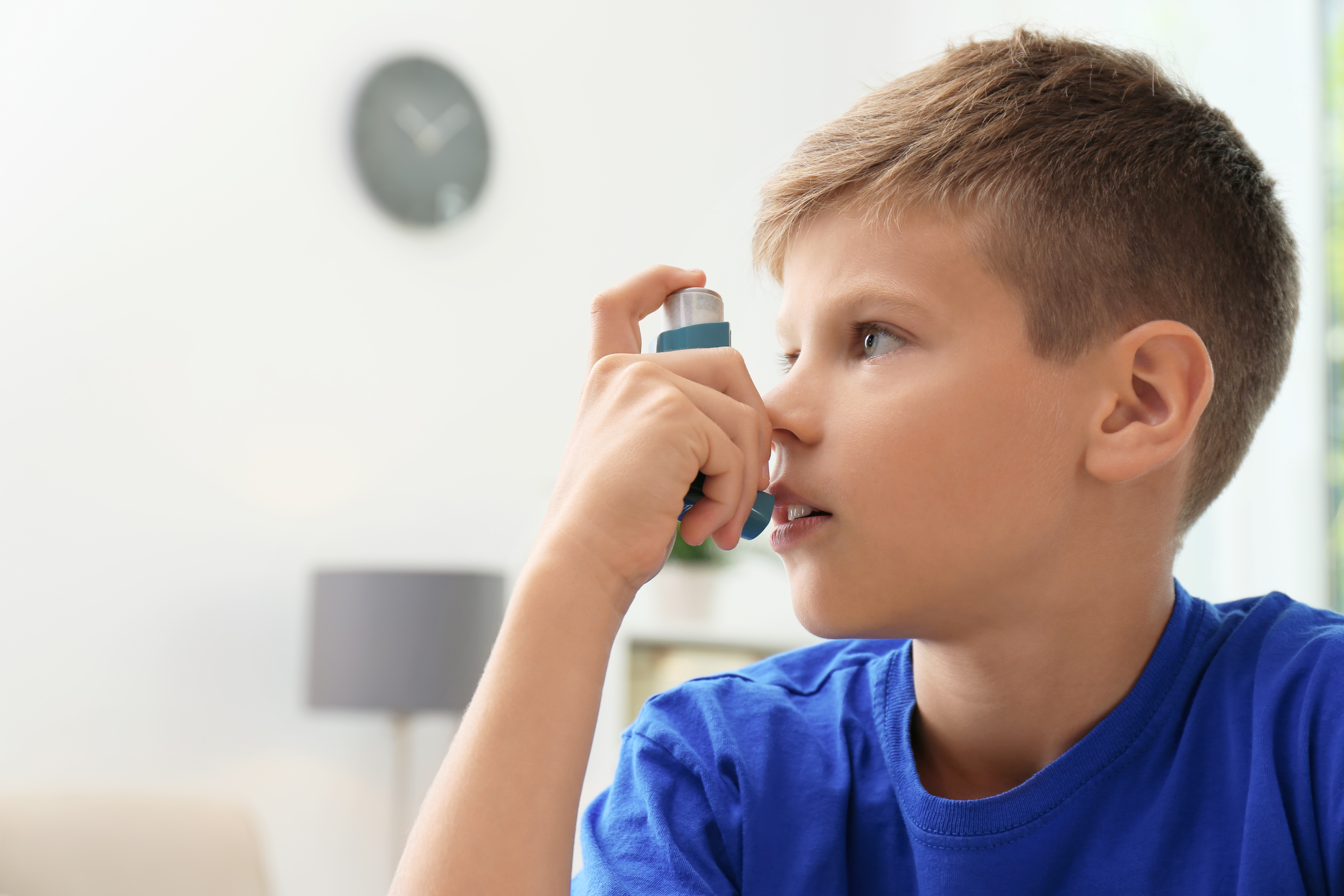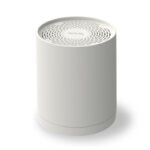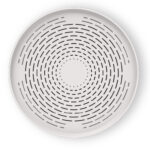Asthma and spring allergies: do you know the quality of the air you breathe?

Those most affected by polluted air

The air we breathe every day is contaminated with numerous pollutants such as fine dust, pollen, dust mites, and so on.
The concentration of these factors in the spaces we live in is an urgent need to be addressed as soon as possible.
Pollution exposes more sensitive individuals, namely asthmatics and allergy sufferers, to continuous risks during their daily lives.
According to the World Health Organization (WHO), there are 235 million asthmatics worldwide and an estimated 3 million in Italy.
There are 1.4 billion people suffering from allergies globally, and the figure is unfortunately growing exponentially.
What is asthma?

Asthma is a disease of the respiratory system, causing acute episodes with difficulty breathing. These crises are manifested by shortness of breath, coughing and tightness in the chest.
The causes of asthma are uncertain and multiple. It is a reaction that may be allergic in nature, but is also influenced by genetics and, most importantly, by external environmental conditions, especially pollution.
Poor air quality can damage our health, especially that of the respiratory tract.
This was demonstrated by a group of researchers from the Mario Negri Institute in a study recently published in the journal Environmental Research from which it was found that, at smog peaks, the consumption of anti-asthma medications seems to rise proportionally, thus showing an increase in asthma crises.
Why breathing polluted air can be dangerous

The reason why poor air quality increases the risk of developing asthma relates to the concentration of particulate matter.
These micro-particles, inhaled through breathing, are deposited in the lungs and can be absorbed by the body, reaching the bloodstream. The result is a series of reactions, causing inflammation and irritation of tissues, first and foremost those of the respiratory system. The state of inflammation, in turn, can initiate asthmatic episodes in patients already suffering from the disease or can increase the risk of asthma occurring for the first time even in people who have never suffered from it.
In addition to particulate matter, another factor related to asthma is the greenhouse effect.
High CO2 concentrations have led to a general rise in temperatures. As a result, pollens and spores proliferate for longer periods, worsening the complaints of allergic people.
Causing asthma attacks and additional symptoms such as eye and throat irritation we find dust mites, volatile organic compounds, mold and smoke, both cigarette smoke and smoke from fireplaces and candles.
“Although asthma is an underestimated disease and the number of severe asthmatics is relatively low, their management unfortunately accounts for more than 50 percent of the total costs for the disease. The costs, in fact,” he adds, “are not only those of drug therapy, visits and hospitalizations, but also costs related to so-called comorbidities, that is, diseases directly related to asthma.” [Prof. Maria Beatrice Bilò, deputy director of the Marche Department of Clinical and Molecular Sciences and AIITO Training Manager]







